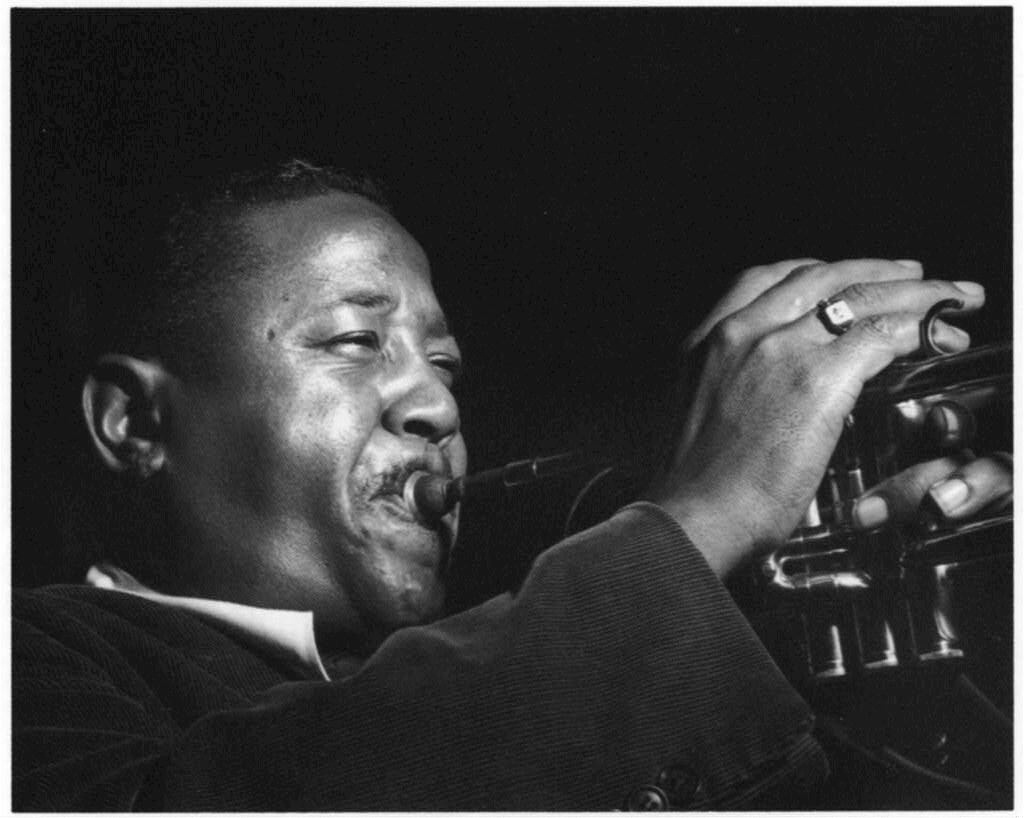[Monday Note no. 8] Guitarist J.W.Smith remembers that Dizzy Gillespie, his room-mate during a European tour, used to wake him up every morning listening to Roy Eldridge’s After You’ve Gone.
Dizzy Gillespie was a great admirer of Roy Eldridge, he studied his style by memorising his solos. Roy Eldridge was the greatest heir of Louis Armstrong, he could play like him in a rhythmic and singable way.
Roy Eldridge was also capable of quick phrases that unravelled rapidly from the high to the low register. Observe for example the first trumpet break, at minute 0’25”.

The phrase moves in a register of almost two octaves, from high F (indicated by x on the score) to low A♭ (again x), also touching on some particularly dissonant notes such as the natural E (y) in the second bar, the diminished fifth of the B♭7 chord.
After the exposition of the theme by vocalist Gladys Palmer, the trumpeter plays a new solo, and at minute 1’40” we hear a new break even wider in extension.

Roy Eldridge’s dissonant notes and fast phrases greatly influenced Dizzy Gillespie, who a few years later came to surpass the master, contributing to the birth of modern jazz. It is normal for jazz musicians to refer to tradition, and there is no shame in memorising, note for note, the solos of musicians who came before. On the contrary, it is precisely from this study that a new and personal style later develops.
Until next Monday!


